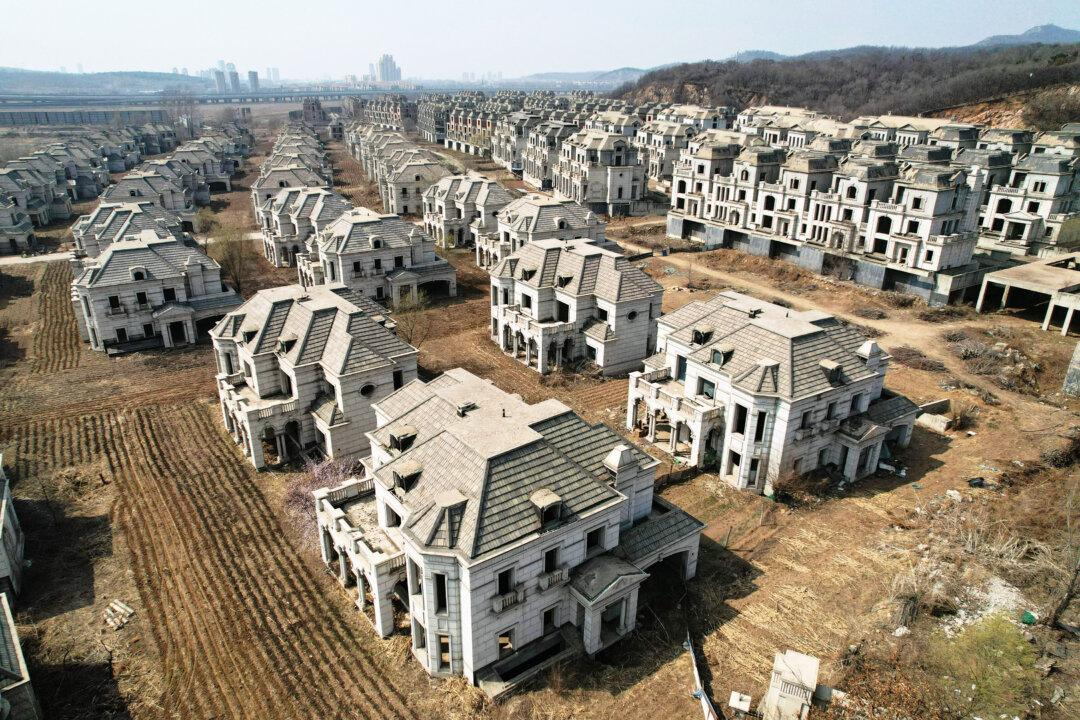Commentary
Beijing all along has failed to deal effectively with China’s property crisis. To begin with, China’s leadership foolishly ignored it.

Beijing all along has failed to deal effectively with China’s property crisis. To begin with, China’s leadership foolishly ignored it.